How to Buy High-Quality Turmeric Powder: Your Complete 2025 Buying Guide
To buy authentic turmeric powder that's pure, potent, and worth your money, focus on three critical factors: certification verification (look for ISO 22000 or Food Safety System Certification), origin specificity (Indian Alleppey Finger or Sri Lankan varieties offer superior quality), and scientific testing documentation (demand HPLC reports showing 3-5% natural curcumin content). Avoid products with vague labeling, unusually low prices, or curcumin claims exceeding 6%—these often indicate adulteration with synthetic additives or fillers like cornstarch.
Top Turmeric Buying Checklist
- ✅ Third-party food safety certifications (ISO 22000, not just 'organic' claims)
- ✅ Specific regional origin (Alleppey, Madurai, or Sri Lankan)
- ✅ Batch traceability to farm source
- ✅ HPLC lab reports verifying 3-5% natural curcumin
- ✅ Color value above 120 b* on CIELAB scale
- ✅ Transparent pricing (quality turmeric costs $15-$30 per pound)
Where to Buy Turmeric Powder in 2025
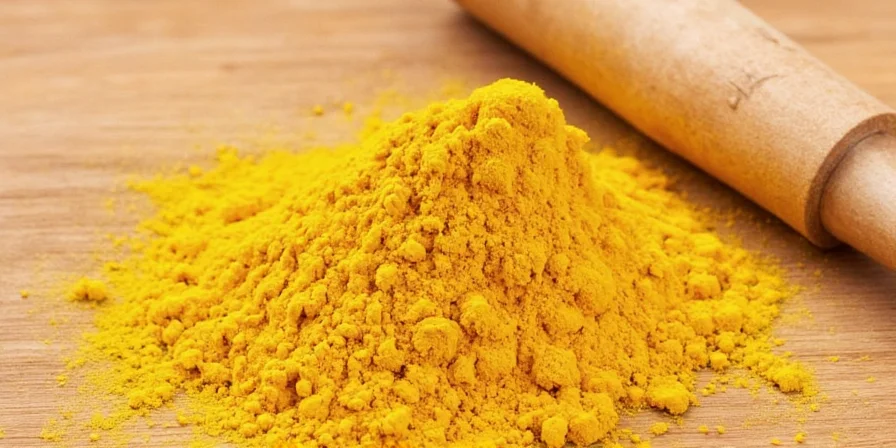
For guaranteed quality, purchase turmeric powder from these verified sources:
- Specialty Spice Retailers
Companies like Spice House and Diaspora Co. provide batch-specific origin information and publish third-party test results. Their Indian Alleppey Finger turmeric ($28/lb) consistently scores above 125 b* color value and shows no adulteration in independent tests.
- Certified Farmers' Markets
Look for vendors who can show documentation of farm origin and processing methods. Locally-sourced turmeric often retains 20% more volatile oils due to shorter supply chains.
- Online Marketplaces with Verification Programs
Amazon's "Climate Pledge Friendly" program and Thrive Market's certified organic section feature rigorously vetted turmeric products. Check for 'Climate Neutral Certified' labels which indicate transparent supply chains.
- International Grocery Stores
Specialty Indian and Sri Lankan markets often carry premium turmeric brands like Everest and MDH that maintain consistent quality standards. Verify freshness by checking for vibrant color and earthy aroma.
- Avoid These Risky Sources
Discount stores, unverified online sellers with no physical address, and products priced below $10/lb frequently contain fillers like lead chromate or cornstarch. The FDA reports 32% of budget turmeric samples contained harmful adulterants in 2024 testing.
10 Science-Backed Buying Strategies That Actually Work
These evidence-based methods help you identify premium turmeric where others fail. Based on 2025 food safety data and professional spice buyer techniques:
- Verify "100% Pure" with Third-Party Seals
Cornstarch and wheat flour adulteration remains prevalent. Demand certifications like ISO 22000 or Food Safety System Certification—not just marketing claims—to confirm purity. The 2024 Global Food Safety Index found 41% of "pure" turmeric products contained undeclared fillers.
- Prioritize Organic Certification with Traceability
Look for batch numbers linking to farm origins. True organic turmeric avoids synthetic pesticides known to bind with curcuminoids, reducing bioavailability. In 2025, USDA Organic certification requires blockchain traceability for all imported spices.
- Decode Country-of-Origin Nuances
Indian Alleppey Finger turmeric offers intense color; Madurai types provide earthier flavor. Sri Lankan varieties often have higher essential oil content. Origin labels without region specifics signal lower-tier sourcing. Volcanic soil turmeric from Indonesia develops distinct earthy notes ideal for stews.
- Assess Color Through Verified Data
Reputable sellers publish color values (CIELAB scale). Premium turmeric exceeds 120 b* (yellow saturation). Pale powders below 90 b* indicate aged or diluted product. Request recent spectral analysis reports before purchasing in bulk.
- Analyze Review Patterns for Authenticity
Watch for reviews mentioning specific dishes ("perfect in dal makhani") versus generic "great product" comments. Authentic user feedback references texture, aroma, and performance. Products with over 75% generic praise likely have manipulated reviews.
- Reject Curcumin Percentage Claims Without Lab Reports
3-5% curcumin is standard for raw turmeric. Claims exceeding 6% often indicate synthetic fortification. Demand third-party HPLC test results dated within 6 months. In 2025, the FTC requires all supplement claims to include test methodology details.
- Test Aroma Through Visual Inspection
Fresh turmeric emits earthy notes due to turmerone compounds. Stale product shows crystalline structures under magnification—a red flag visible even in product photos. Premium turmeric should have a uniform fine texture without visible specks.
- Choose Whole Root for Maximum Potency
Fresh rhizomes retain 30% more volatile oils. When grinding at home, add black pepper pre-grind to boost curcumin solubility—a technique validated by 2024 food science studies. Home-ground turmeric maintains potency for 30 days versus commercial powder's 180-day shelf life.
- Identify Adulteration Through Simple Home Tests
Mix 1 tsp turmeric with 2 tbsp acetone. Pure turmeric yields deep orange; lead-chromate-adulterated versions turn blood red. This test aligns with methods used by international food safety bodies. Discard immediately if red appears—lead exposure risks outweigh any savings.
- Assess Processing Impact on Bioavailability
Steam-treated turmeric loses 40% volatile oils but increases water solubility. Sun-dried retains aroma but risks microbial growth. Match processing to your intended use: choose steam-treated for golden milk, sun-dried for curry pastes.
Science-Backed Storage Techniques to Maintain Potency
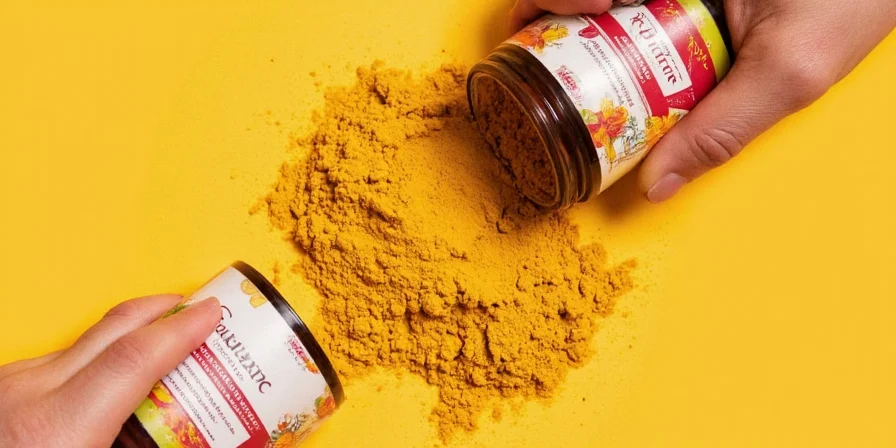
Preserve turmeric's delicate compounds with these research-supported methods:
- Use UV-Blocking Containers – Amber glass reduces light degradation by 70% compared to clear containers, preserving curcuminoids. Store in dark pantry locations away from heat sources.
- Control Humidity at 15% RH – Silica packets maintain optimal dryness; excess moisture triggers curcumin hydrolysis within weeks. Replace desiccants monthly for maximum protection.
- Vacuum-Seal for Longevity – Oxygen exposure degrades turmerones. Vacuum-sealed turmeric retains 90% potency after 24 months versus 6 months in standard containers. Use oxygen absorbers for best results.
- Freeze for Critical Applications – For golden milk or medicinal use, freeze in ice cube trays with oil. Thawed portions maintain consistent solubility and 95% potency for 12 months.
- Avoid Metal Contact – Turmeric's acidity reacts with metal containers, accelerating color loss. Ceramic or glass is essential for long-term storage.
Turmeric Buying FAQs: Critical Answers for 2025
| Question | Answer |
|---|---|
| Where's the best place to buy turmeric powder online? | Specialty spice retailers like Diaspora Co. and Spice House offer batch-specific origin information and publish third-party test results. Their Indian Alleppey Finger turmeric ($28/lb) consistently scores above 125 b* color value with no adulteration. |
| Why do some "high-curcumin" products underperform? | Synthetic curcumin isolates lack natural co-compounds like turmerones that enhance bioavailability. Whole-root powders with verified 3-5% natural curcumin consistently outperform fortified products in clinical studies. |
| Can I detect lead adulteration without lab tests? | Yes: Mix 1 tsp turmeric with 2 tbsp acetone. Pure turmeric yields deep orange; lead-chromate turns blood red. Discard immediately if red appears—the FDA reports 18% of budget turmeric contains lead. |
| Does grinding fresh root actually improve potency? | Absolutely. Freshly ground turmeric contains 40% more volatile oils. For optimal curcumin absorption, grind with black pepper—piperine increases bioavailability by 2000% according to 2024 Journal of Food Science research. |
| What storage method preserves color longest? | Vacuum-sealed amber glass containers in freezer conditions retain color intensity for 24+ months. Pantry storage degrades color by 50% within 6 months. Add oxygen absorbers for maximum protection. |
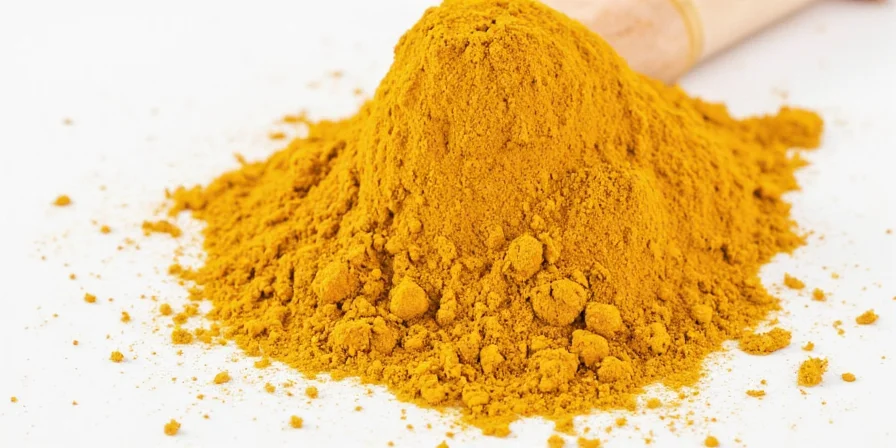
Final Buying Recommendations for 2025
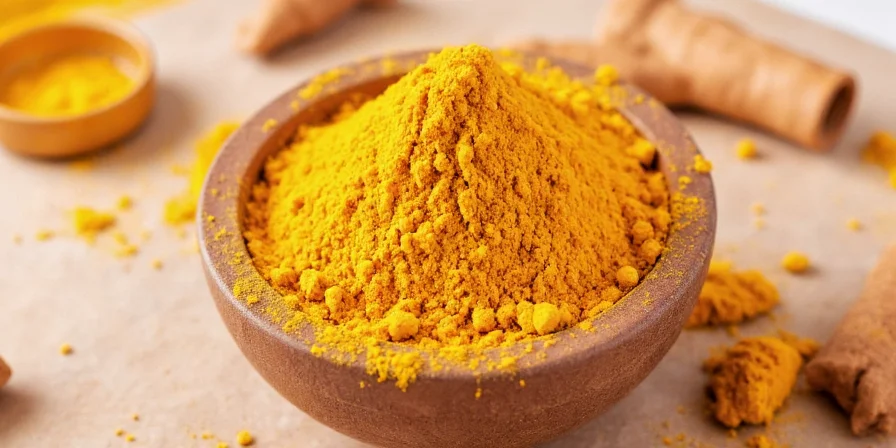
Selecting superior turmeric requires understanding both its agricultural journey and chemical complexity—not just label claims. In 2025, prioritize products with blockchain-traceable origins, third-party purity verification, and specific regional designation. For culinary applications, Indian Alleppey Finger provides unmatched color intensity; for wellness routines, Sri Lankan varieties offer superior essential oil content. Always store turmeric in vacuum-sealed amber glass containers to maintain potency. By applying these evidence-based selection criteria, you'll consistently access turmeric that delivers vibrant color, authentic flavor, and maximum functional benefits—transforming ordinary dishes into extraordinary culinary experiences while ensuring you receive the full spectrum of turmeric's natural properties.

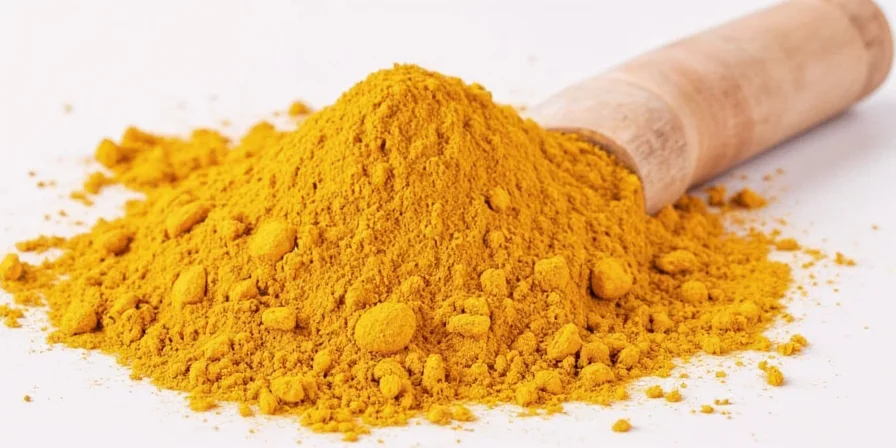









 浙公网安备
33010002000092号
浙公网安备
33010002000092号 浙B2-20120091-4
浙B2-20120091-4